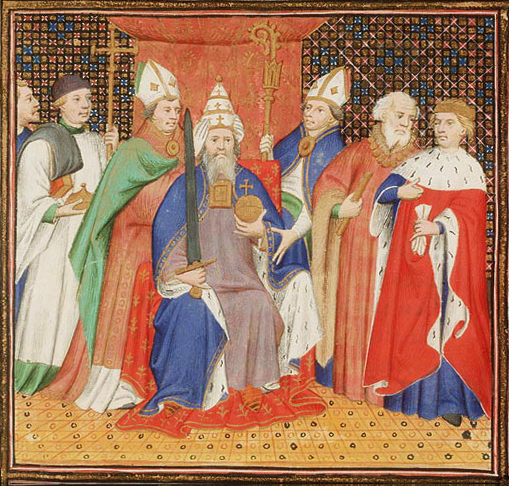St. Henry II was born in 972, the son of Duke Henry of Bavaria and Princess Gisela of Burgundy. As a child, Henry received education and spiritual guidance from Bishop Wolfgang of Regensberg, who was later canonized.
Henry was an intelligent and devout student, and for a while, he considered the priesthood. Wolfgang’s lessons left a lasting impression on Henry, but he ultimately took those virtues to political life. A year after Wolfgang’s death, in 995, Henry took on his father’s position as duke of Bavaria. The Church supported Henry when he ascended to the throne as King of Germany in 1002.
As king, Henry encouraged the German bishops to reform the practices of the Church in accordance with canon law. He is said to have brought a peaceful end to a revolt in his territory, which he ended by pardoning the rebels.
In 1014, Henry traveled to Rome, where Pope Benedict VIII formally crowned him as head of the Holy Roman Empire. The emperor confirmed Benedict’s authority over the city of Rome, proving his loyalty. On his way back to Germany, Henry made a pilgrimage, stopping at various monasteries along his way.
Henry was a great patron of churches and monasteries, donating so much of his wealth to them that his relatives complained, calling him irresponsible. But Henry was far from irresponsible, successfully governing the Western Empire through wars and peace. He also made great contributions to the poor.
Henry married Cunigunde of Luxembourg, who was also canonized after her death. They had no children; according to some accounts, the two had taken vows of chastity and never consummated their marriage.
In the last years of his life, Henry suffered from serious illness, including an ailment that left him crippled. He relied heavily on prayer during those trials, and considered resigning as emperor to become a monk.
After many years of illness, Henry died in July 1024. He was canonized in 1146 by Pope Eugene III.

